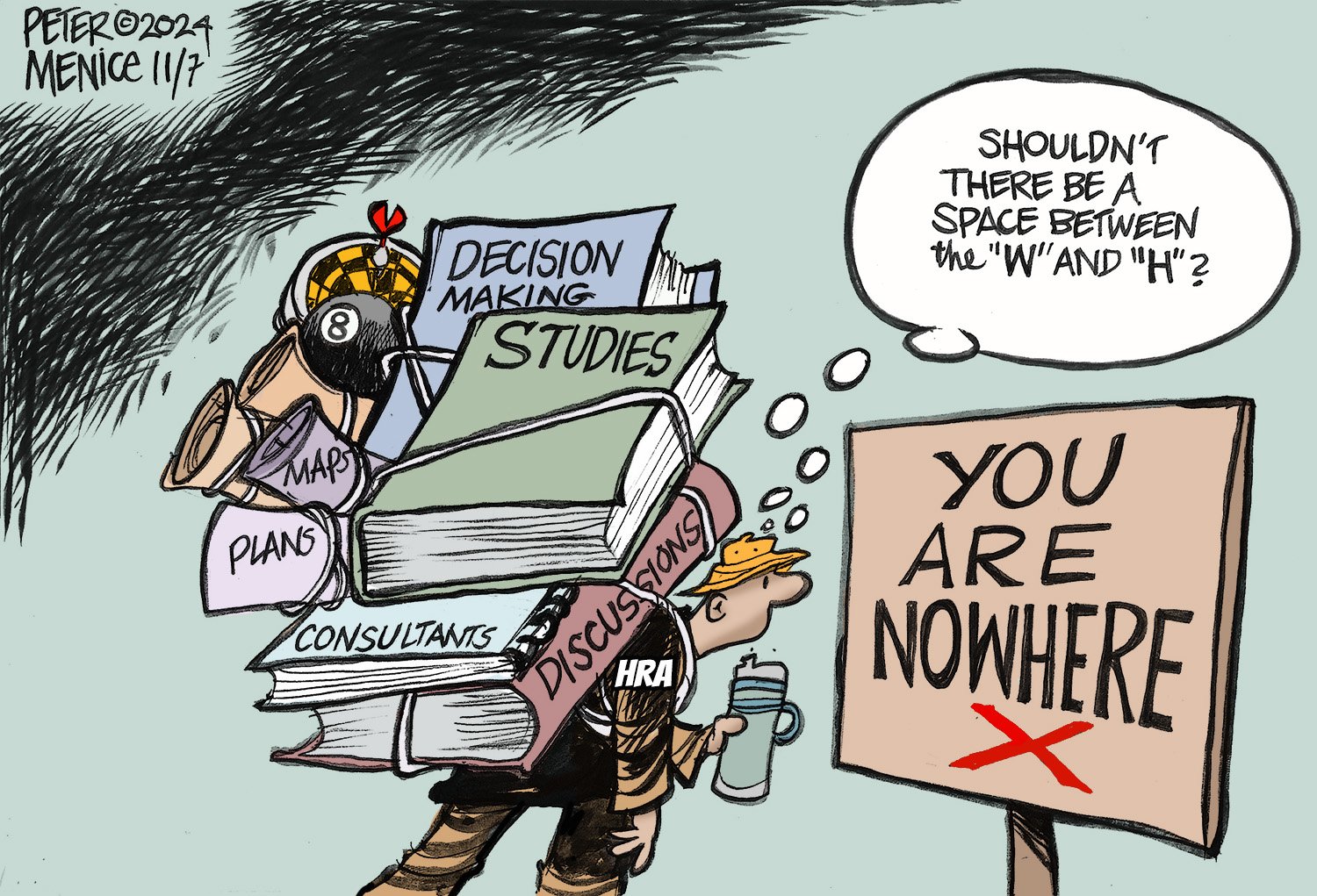Following a discussion about the proposed sewer system and the complications involved, planning board member Cindy Borges wondered if the cost would be so high “that it’s not worth doing the project. At what point would it be too much money?”
‘It’s up to the developer’
Harrison said that under Chapter 40B, “it’s up to the developer. That’s not the business of the ZBA,” Harrison said. “The financial feasibility of this project comes down to MassHousing, the subsidizing agency.”
Planning board member Nancy Boyce asked how noise from the necessary blasting or chipping of the ledge would be mitigated, and how to avoid debris affecting the surrounding neighborhood.
“We’re doing our due diligence now to identify which method will be used,” Harrison said. Surveys of nearby properties will be conducted in the event any are damaged during the process, and thick rubber mats are placed over the blasting area to keep the noise down. “We can’t guarantee anything, but [the work] is state-regulated, and we need to follow those regulations.”
In response to a question about the potential to phase construction, Harrison said the project isn’t “specifically phased,” but that “if interest rates go way back up, there may be a pause in the construction related to financing. We have to be sensitive to that.”
Hull at 1.6% affordable housing rate
Despite objections raised by abutters, because Hull falls far short of meeting the state’s 10% affordable housing threshold from among all housing units in town – roughly 1.6% -- were the ZBA to not approve the project, the developer could appeal that decision, with a likely outcome in his favor.
Harrison noted that under Chapter 40B regulations, the lower percentage of affordable housing a town has, “the more burden is on the town to prove that there’s something that outweighs the need for affordable housing. There’s a little more leeway when a community has reached the 10% [threshold],” he said.
The ZBA earlier voted to hire Merrill Engineers and Land Surveyors of Hanover to complete a developer-funded peer review, which Harrison said is a key piece of the process.
The ZBA also hired Hancock Associates to assist in its review of the proposal through a grant from the Massachusetts Housing Partnership technical assistance program.
‘Preliminary’ plan
Harrison explained that the first plan under a Chapter 40B application is expected to be “preliminary,” and that if the ZBA ultimately approves the project, the developer is required to go back to the town to show that all the related conditions have been met. Then the application goes back to MassHousing for final approval once all the requirements are met.
Topics of discussion at the meeting included the planned gravity sewer system and retaining walls, the amount of ledge that will have to be removed to make way for the development, waivers that will be requested, and the importance of the developer coming up with a lighting plan that won’t negatively impact neighbors.
Project engineer Tim Power explained some of the details of the proposed sewer system, noting that “the devil is in the details. This is at the preliminary design stage now, so there are a lot of gaps.”
Other issues relate to fire department concerns about adequate access to the site (due primarily to the grade and condition of the road, and whether there is enough space for emergency vehicles to make a left turn into the site) as well as whether children living in the development could safely access the closest bus stop, among other issues.
“How can you be sure that the development wouldn’t cause massive runoff issues to the houses below?” planning board member Meghan Reilly asked.
Stormwater regulations apply
Harrison said the developer is required to meet all state stormwater regulations.
“It’s a challenge, and we will have to prove that it can be done — and done properly,” he said.
Harrison noted that under Chapter 40B regulations, the developer is not responsible for negative impacts from to existing conditions, especially if a community has not reached the 10% affordable housing threshold.
“I’m not being flippant, but these matters have to be taken care of by the town, not the developer,” he said.
When asked by Paquin how long, once issued, a comprehensive permit is good for, Harrison said, “Three years, but a developer could ask for an extension, and basically a town can’t stop that. However, the way for the developer to maximize the success of this project is to get it built and sold quickly.”
Lottery for affordable units
There will be a lottery for the deed-restricted affordable units, which will sell for about $300,000 — “which would help some families, and some of the units can be ‘local preference,’” Harrison said. Eligibility is based on earning 80% or less of the area median income.
The outsides of the affordable and market-rate units must look the same, but the insides can be different, with upgrades available at extra cost to the homebuyer.
Further information about different aspects of the proposal will be available at upcoming ZBA meetings, including the results of a traffic study that is in the works by the developer.
In the meantime, Harrison encouraged the planning board to share any questions, comments, concerns, and suggestions.
“We appreciate your time and hope you have heard some of our feedback,” Paquin said to the developer’s representatives. “We will be following the process as it goes on.”
A replay of the meeting can be found on Hull Community Television’s broadcast channels and on demand at www.hulltv.net.
Like what you’re reading? Stay informed with a Hull Times subscription by clicking here.
Do you have an opinion to share? Click here to write a Letter to the Editor.
© 2024 The Hull Times. All rights reserved.
































